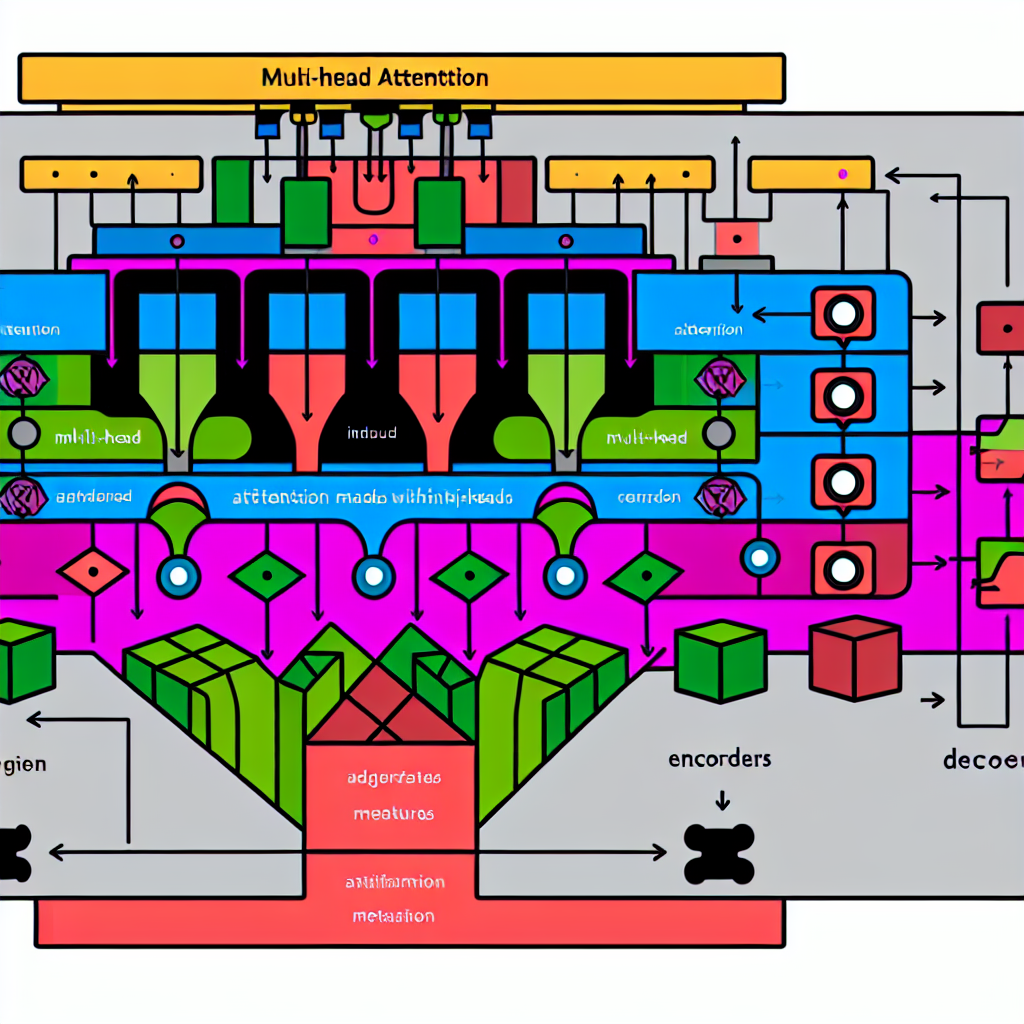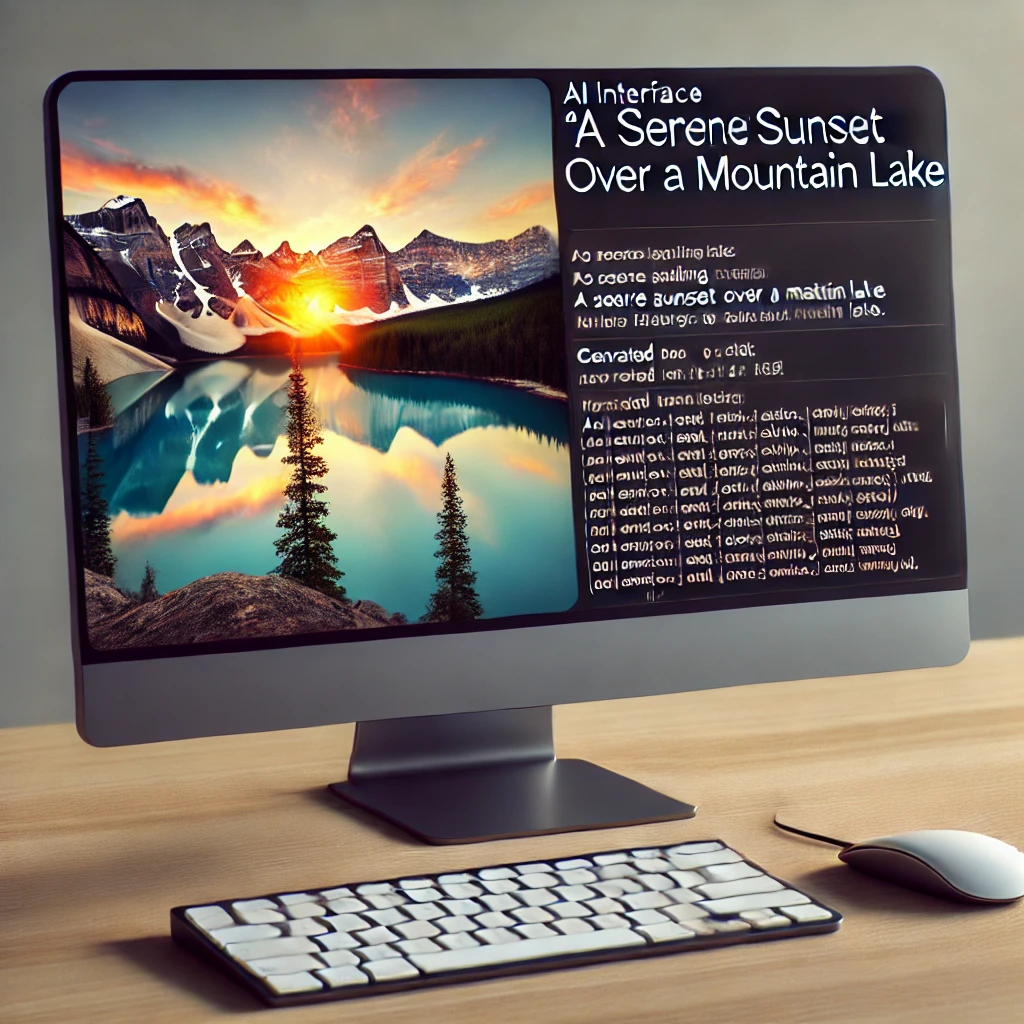Generative AI: Advanced Image-to-Image Translation with GANs and Style Transfer in 2025
Table of Contents
Understanding GANs
Generative Adversarial Networks, or GANs, are a class of machine learning frameworks that leverage two neural networks competing against each other—a generator and a discriminator. The generator creates images from random noise, while the discriminator evaluates their authenticity, driving the generator to improve its outputs iteratively. Since their introduction by Ian Goodfellow in 2014, GANs have revolutionized image generation and are pivotal in image-to-image translation.
In practical terms, GANs facilitate applications ranging from generating realistic human faces to transforming low-resolution images into high-resolution versions. The capabilities of GANs have seen widespread adoption across gaming, virtual reality, and even autonomous vehicle industries.
Deep Dive into Style Transfer
Style transfer is an AI technique that separates and recombines content and style from different images, allowing the transformation of an image’s appearance while maintaining its underlying structure. This method is particularly powerful for artistic applications, enabling the recreation of famous art styles in new images.
One practical example is using style transfer in design to create personalized artwork or transform architectural visualizations. DeepArt and Prisma are notable applications, widely used by graphic designers to create visually captivating content. The ongoing improvements have pushed the boundaries by offering real-time style transfer on mobile devices, as demonstrated by advancements in the neural processing units of modern smartphones.
Advanced Applications of Image-to-Image Translation
Medical Imaging
In healthcare, image-to-image translation is optimizing radiological diagnostics. GANs are used to enhance MRI and CT scans, improving clarity and aiding in early disease detection. For example, translating low-dose CT scans into high-resolution versions minimizes patient radiation exposure while maintaining diagnostic quality.
Autonomous Vehicles
Autonomous driving systems benefit from image translation technologies for simulating various driving conditions. These systems train more effectively on simulated environments enriched with diverse weather and lighting, improving obstacle recognition and path planning.
Creative Industries
The entertainment and marketing sectors also leverage Generative AI. Film studios use it to generate special effects, while marketing firms create personalized ad visuals. One notable case is NVIDIA’s StyleGAN, extensively used in visual content creation for personalized ads and dynamic storytelling.
Emerging Trends in 2025
The trajectory of image-to-image translation in 2025 is marked by enhanced realism, reduced computational demands, and increased cross-disciplinary applications. Technologies like CycleGANs are becoming mainstream, offering superior capabilities in translating between vastly different domains without paired samples.
Augmented reality and virtual reality are witnessing integrations with more realistic graphics, pushing user immersion to new heights. Additionally, regulatory advancements are making AI applications safer, addressing ethical concerns around data privacy and deepfake misuses.
For further reading on these technological breakthroughs, you can explore comprehensive guide on advancements in neural networks.
FAQs
What are the limitations of GANs?
GANs can be unstable during training and require large datasets. Issues like mode collapse, where the generator creates limited variety of outputs, are common challenges.
How is style transfer different from traditional filters?
Unlike filters which apply fixed transformations, style transfer dynamically adapts styles from one image to another, merging multiple distinct characteristics into a cohesive output.
Can image-to-image translation be used in security?
Yes, it enhances surveillance image resolution and facilitates the analysis of video data, aiding in real-time crime detection and forensic analysis.
Conclusion
Image-to-image translation, propelled by generative AI technologies like GANs and style transfer, continues to evolve, reshaping creative industries, healthcare, transportation, and beyond. The advancements anticipated in 2025 foreshadow a future where AI seamlessly enhances human capabilities. For those eager to deepen their understanding, now is the time to explore these technologies. Stay informed on the latest trends and innovations by subscribing to our newsletter and explore other AI trends for 2025 here.



